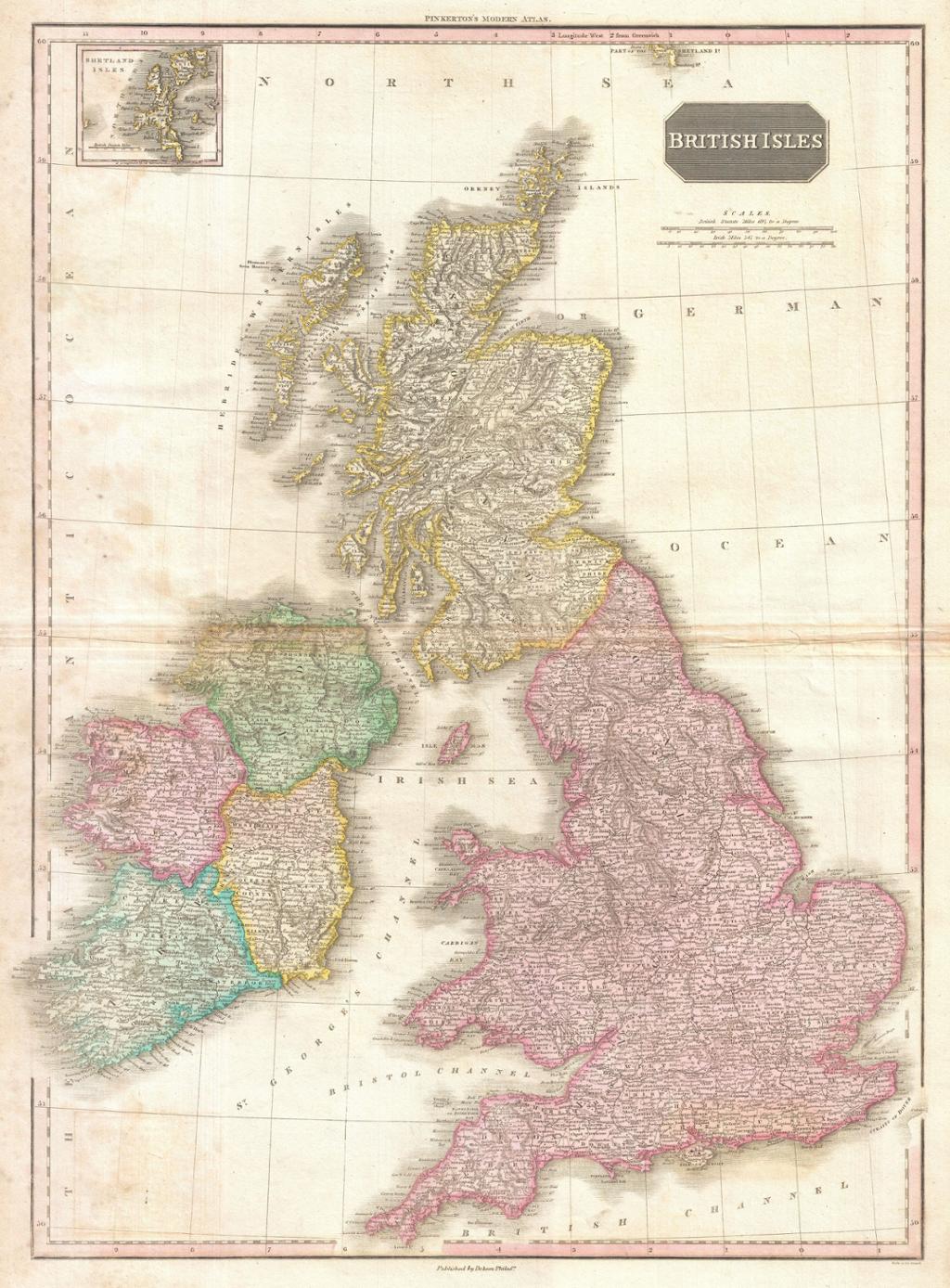Tasks: John Donne and His Poetry

Read through the text several times and look up words you don’t understand. Then answer the questions below.
In lines 1-4, Donne uses a metaphor to develop the poem’s theme. What is the metaphor he uses here, and what does he want to say by using this metaphor?
In lines 5-8, he continues and further develops the metaphor used in the first four lines. How does this add to our understanding of the metaphor?
What does he mean by 'Each man’s death diminishes me, For I am involved in mankind'?
In the last two lines he writes: 'never send to know for whom the bell tolls; it tolls for thee'. What kind of bell is he talking about? The bell is a symbol, what does it represent?
How would you describe the tone of this poem?
Below, you will find a list of several possible themes. Which of these do you think best describe the theme of the poem? Give reasons for your answer. (The suggestions overlap and there may be more than one answer)
Respect one another and acknowledge your common humanity.
People only care about themselves and this makes it difficult to connect with other people.
Peace between countries and among different people is possible if we just work hard at it.
Everyone and everything in the world is connected and we are all part of a larger whole.
Many people are lonely and loneliness is one of the worst fates one can suffer.
It is a tragedy every time someone dies.
You can never fight the world all on your own.
In this interactive task, you will have to drag the words into the boxes to make complete sentences.
Write a text where you argue that this poem is as relevant today as it was when it was written in 1624. Here are some suggestions as to what your text may include:
reflections and examples of how you are connected with people you know, but also with people you have never met
examples of how countries today depend on each other
examples of social or political conflicts where people or countries leave 'the main'
Read the poem a few times before you answer the questions below.
Discuss the questions with one or more partners.
The poem starts with a rhetorical question: 'I wonder, by my troth, what thou and I, / Did, till we loved?' What is the effect of starting the poem this way?
In the first stanza, Donne describes life before the two lovers met. What kind of life did they lead? And what kind of imagery does Donne use to describe this life?
The second stanza starts with 'And now good-morrow to our waking souls'. Is he only talking about a physical awakening? Have the two lovers woken up in other ways?
Also, in the second stanza, Donne states: 'Let sea-discoverers to new worlds have gone / Let maps to other, worlds on worlds have shown'. What does this tell you about the time period when this poem was written?
He continues with 'Let us possess one world, each hath one, and is one.' What does this mean?
What is meant by the metaphor 'hemispheres' in the third stanza?
Key words for the last stanza are harmony and balance. Explain why.